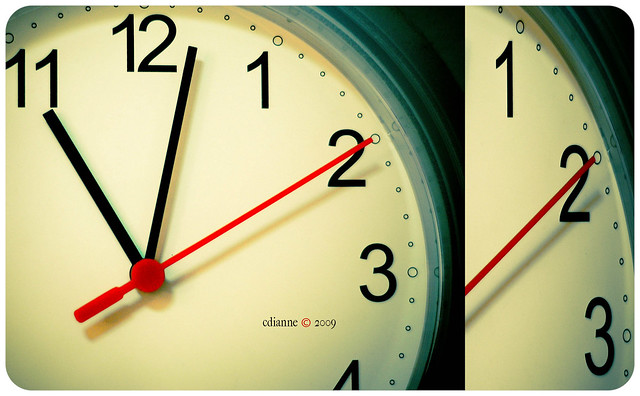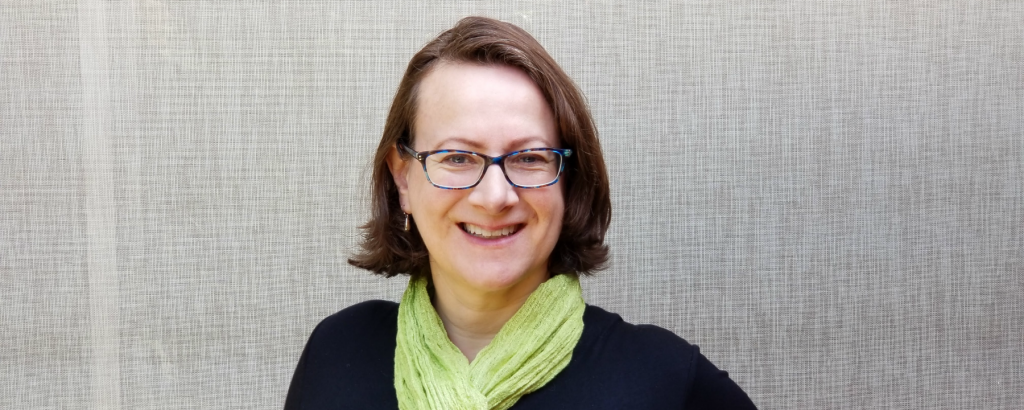
On March 30, 2018, The Ohio State University (OSU) released a 75-page report concluding that Ching-Shih Chen, a cancer researcher, had deviated “from the accepted practices of image handling and figure generation and intentionally falsifying data.” The report recommended the retraction of eight papers.
By the end of August of 2018, Chen had had four papers retracted — one in Cancer Research, two in the Journal of Medicinal Chemistry, and one in PLoS ONE.
But it wasn’t until more than a year after the report was released that the other four papers — two from Carcinogenesis, one from Clinical Cancer Research, and one from Molecular Cellular Therapeutics — were retracted, all between April 1 and May 1 of this year.
What took so long? Your guess is as good as ours; none of the editors of those journals responded to our requests for comment.
Continue reading A university requested retractions of eight papers. It took journals a year to yank four of them.






 Last year,
Last year, 